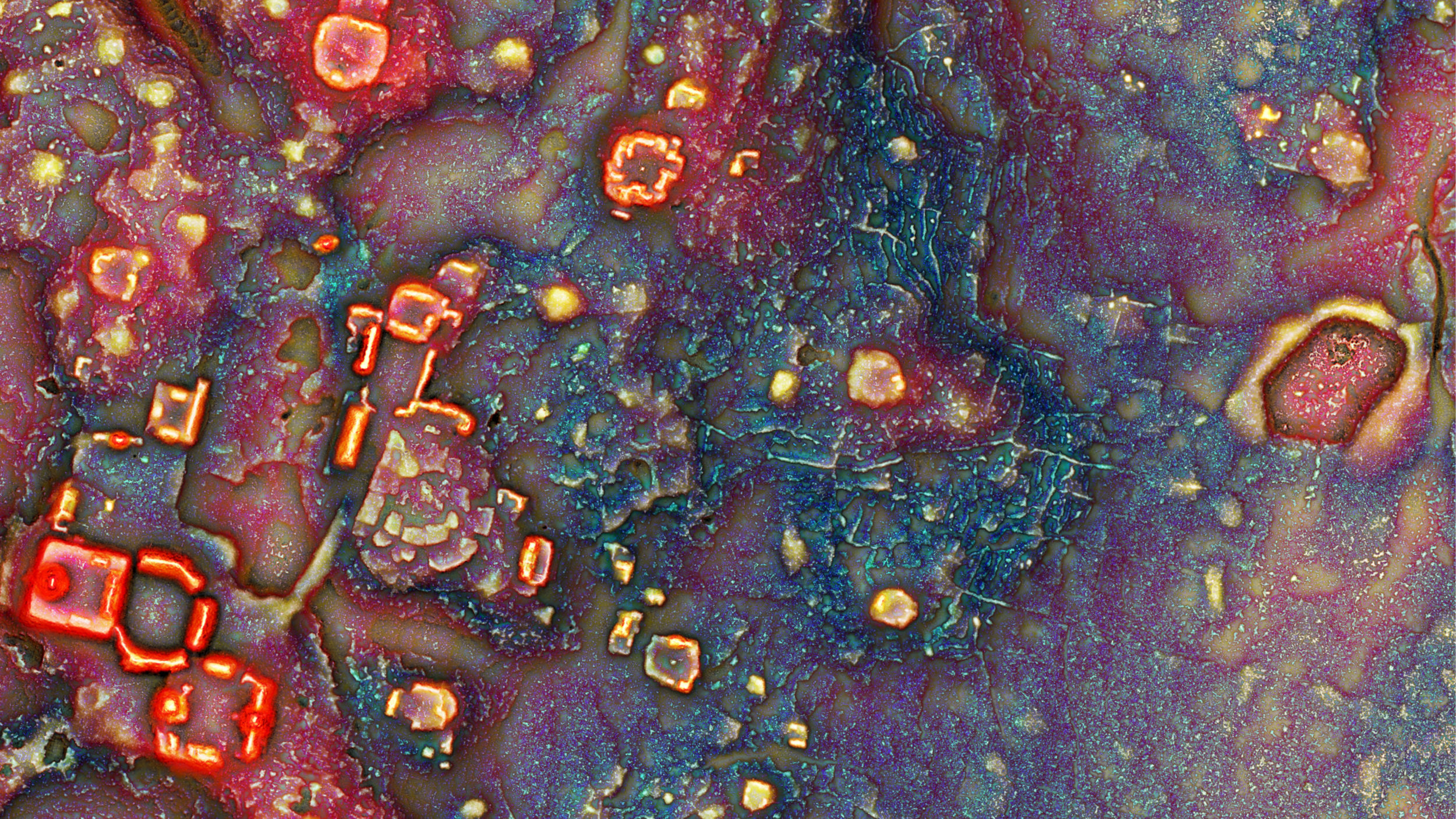TRAIL 2025
Airborne laser scanning for farmed landscapes
28 to 30 October 2025, Postojna, Slovenia

This international meeting builds on five previous meetings (TRAIL 2011, 2014, 2016, 2018 and 2022), and will be devoted to the study of airborne laser scanning (ALS) applications in archaeology, with a special focus on projects considering farmed landscapes.
Open to researchers, PhD students, and professionals in archaeology and heritage management wishing to enhance their knowledge of lidar and who are interested in using machine learning for archaeological applications.
Presentations are in English.
In order to promote discussion and interactions, we encourage participants to prepare a poster on their own case study or project. We ask participants to submit a PDF draft of their poster 2 weeks before the event and bring the final printed version to the meeting.
TRAIL VI Theme
Archaeological applications of Airborne Laser Scanning (ALS) data have often emphasised the power of the data in wooded environments, where the capacity to image ground surfaces below the canopy has been a game-changer for prospection. Considerable attention has also been given, quite rightly, to the ability to document the surface topography of archaeological remains in ground which has not suffered attrition from historic or current cultivation, especially increasingly mechanised ‘heavy’ ploughing.
Less attention has been given to heavily cultivated, mainly lowland, landscapes – the traditional focus of aerial archaeology documenting cropmarking in predominately arable fields. In these regions of increasingly heavily ploughing archaeological remains have been flattened and removed, and that is undoubtedly a key reason for the lack of attention paid to such areas in ALS-driven projects. Nevertheless, ALS data has demonstrable, if under-exploited, value in such environments and this is the focus of the TRAIL 2025 meeting.
As well as considering the applications of ALS data in landscapes dominated by heavy contemporary cultivation, the workshop will also consider the role of such data in considering farmed landscapes of all periods. These represent particular challenges to archaeologists as cultivation tends to erode or completely remove the remains of earlier periods. As a result, ‘farming’ is often an archaeologically invisible process that nevertheless has profound implications for what is preserved in the complex palimpsests of our landscapes. Farmers have been working and reworking landscapes for millennia and understanding those processes at landscapes scales remains a significant challenge.
These themes will be addressed through a series of lectures and interactive workshops. The TRAIL Meeting will close with a roundtable to discuss key challenges and opportunities in the use of lidar for farmed landscapes.